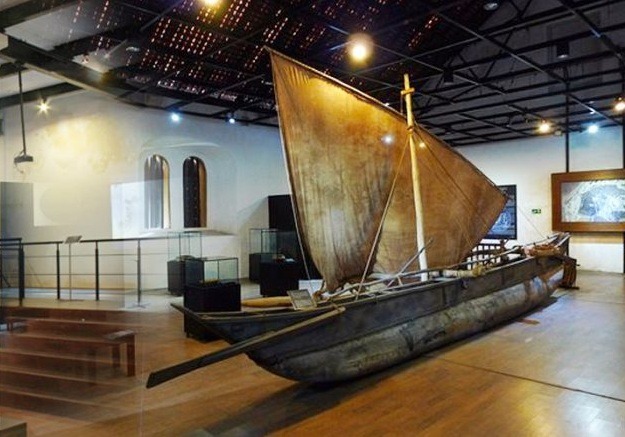
Pre-history of Sri Lanka
The primitive history of Sri Lanka is an envelope in the fable, yet there is perhaps no country in the world that has such a long continuous history and civilization. At a time when the now great nations of the west were sunk in barbarism or had not yet come into existence, Ceylon was the seat of an ancient kingdom and religion, the nursery of art, and the centre of Eastern commerce.
Stupendous religious edifices of the island are more than 2000 years old and, extent and architectural interest, second only to the structure’s of Egypt, and vast irrigation works of Sri Lanka attest the greatness and antiquity of the civilization.
Nature and art, the beauty of the sceneries, fame as the home of a pure Buddhism, have made Sri Lanka from remote times the object of interest and admiration to contemporary nations.
Ceylon is believed, was part of the region of Ophir and Tarshish of the Hebrews, from King Solomon’s navy supplied him with, gold and silver, ivory, apes, and peacocks. To the ancient Greeks and Romans, the island was known by the name of Taprobane, by which name it is described by Onesicritus, Diodorus Siculus, Ovid, Strabo, Pliny, Ptolemy and others.
Cinnamon was originated in the Island of Sri Lanka and it was exported to many countries around the world including Egypt, way back in 1500BC. According to historical notes, the Cinnamon was delivered to Egypt by ancient traders.
The Archeological findings of the island suggest that the history of Sri Lanka is going back to about 35000 BP. Early settlements in the island sprang in the region called Balangoda, ninety kilometres from Colombo.
The Stone Age man, who lived in the region called Balangoda, was known as Balangoda Man (Homo sapiens Balangpdensis). Balangoda Man was identified as Mesolithic hunter-gatherers and lived in caves. Several caves that were inhabited by Stone Age man were discovered in several places in the island. Pahiyangala, Batadombalena are two leading caves, where many artefacts belong to the Stone Age culture was found during the excavations.
Balangoda man had been using the stone implements and he was lived mainly on hunting. It is believed that the beginning of the Horton plains goes back to the Balangoda culture. Balangoda man had created the Horton plains by burning the trees. During the excavation in Horton plains archaeologists have found the barley and oats suggesting that Stone Age man cultivated such things about 15000 BC.
It is estimated that the early Iron Age appeared in the Indian sub-continent as early as 1200 BC. The beginning of the Iron Age in Sri Lanka goes back to 1000-800 BC and dating is manifested by radiocarbon dating method.
Early settlements In Anuradhapura sprang as early as 800 BC. Earlier settlements in Anuradhapura were spreading over 10 hectares. The settlements estimated to be covering at least 50 hectares by 700-600 BC.
The mortuary that discovered in Dambulla (Ibbankatuwa) is dating back to 750-400 BC or protohistoric period, and age of the mortuary was determined by the radiocarbon.
However, the early Iron Age settlements of Anuradhapura did not show any megalithic cemetery connected to it. The megalithic cemetery complex that found in Ibbankatuwa could have been associated with a group of people for example pastoralists.
By studying the history of Sri Lanka and the stone implement recovered from the archaeological sites, historians believe that the Stone Age existed in two faces (pre-pottery and pottery) in the island. End of the Stone Age around 1000 B.C and same times Iron Age appeared in Sri Lanka.
A large collection of artefacts found in the excavation in the first capital of Sri Lanka (Anuradhapura) characterized by the use of iron, horses, cattle, high-grade pottery, and possibly cultivation of rice.
Human settlements existed and flourished around 1000 B.C in the dry zone and it is believed that the human settlement had been a fairly big settlement. The settlement believed to be 10 hectares in extent as per the scholars. This settlement was the biggest in the History of Sri Lanka. This settlement developed as time passed by and resulted in the well-formed city by 700 B.C.
